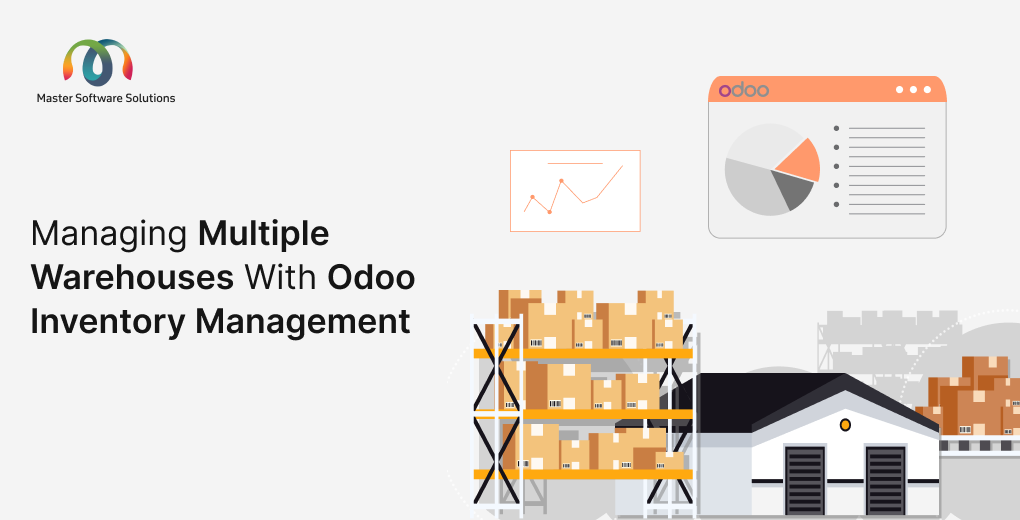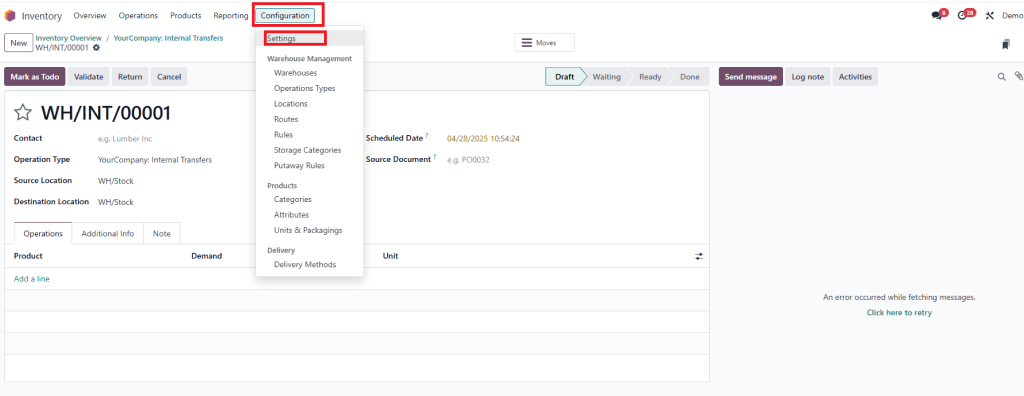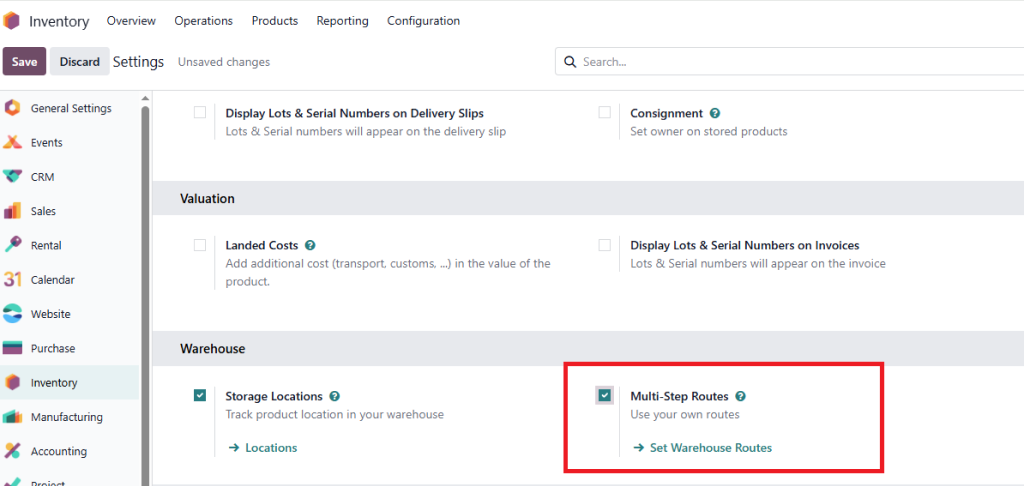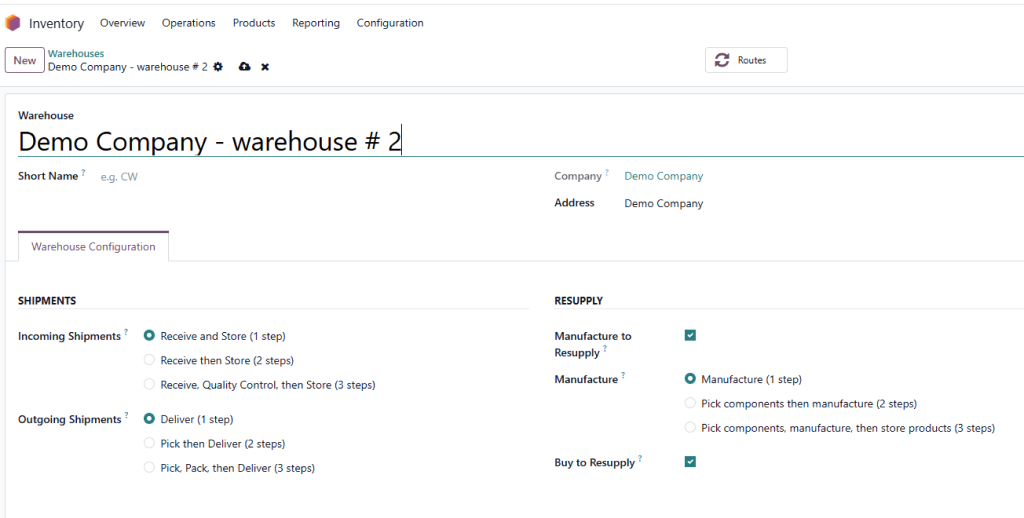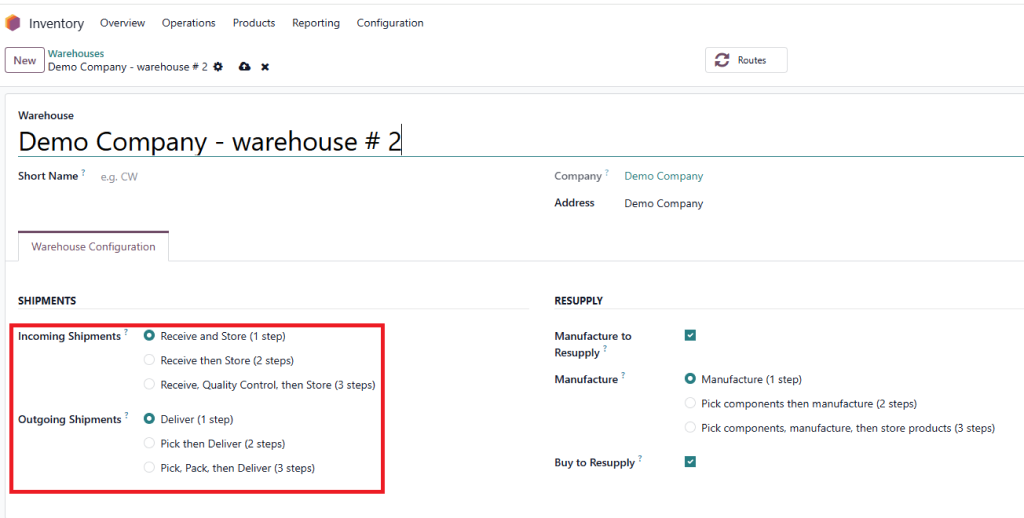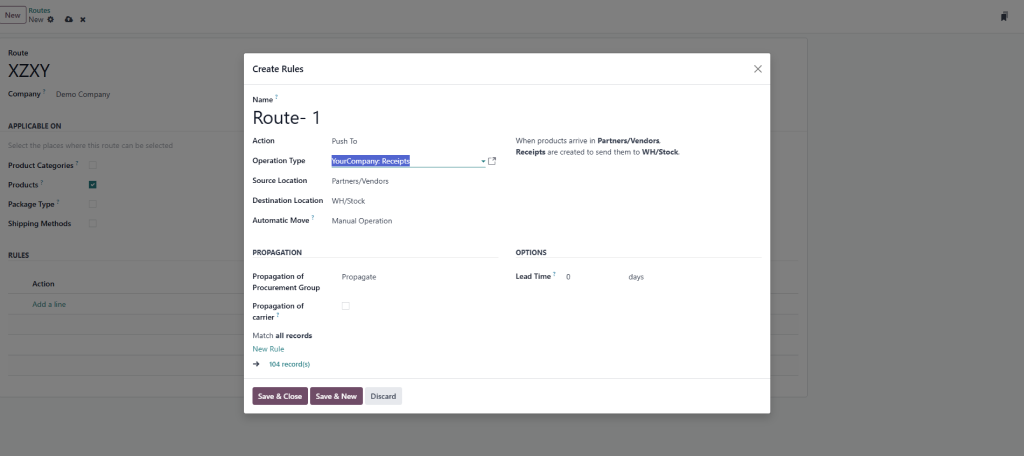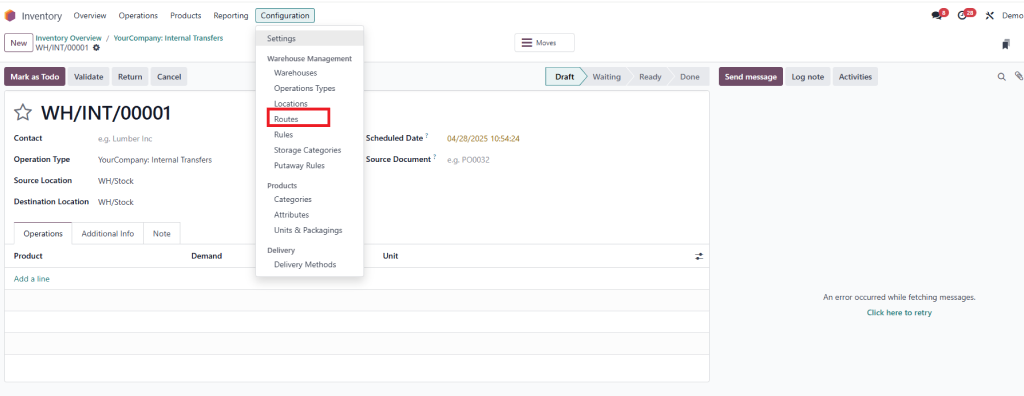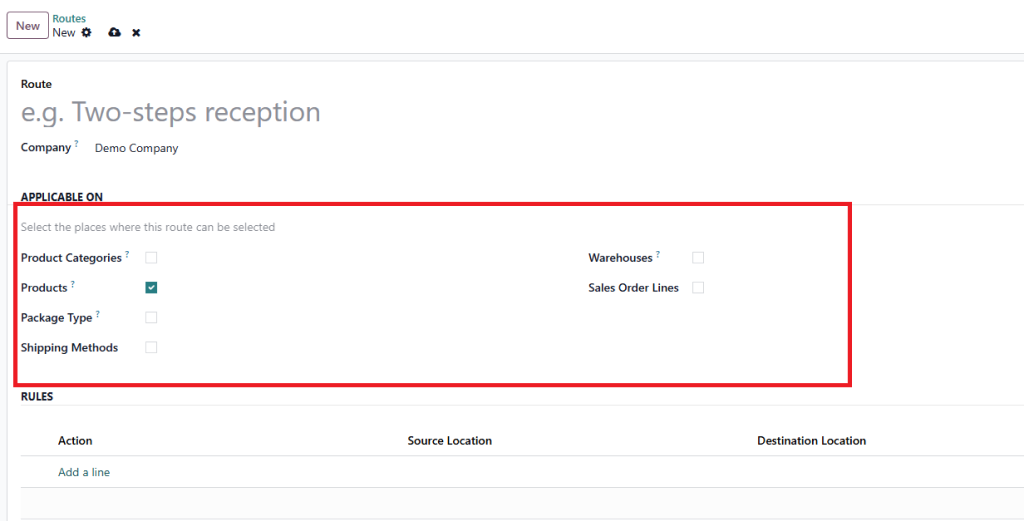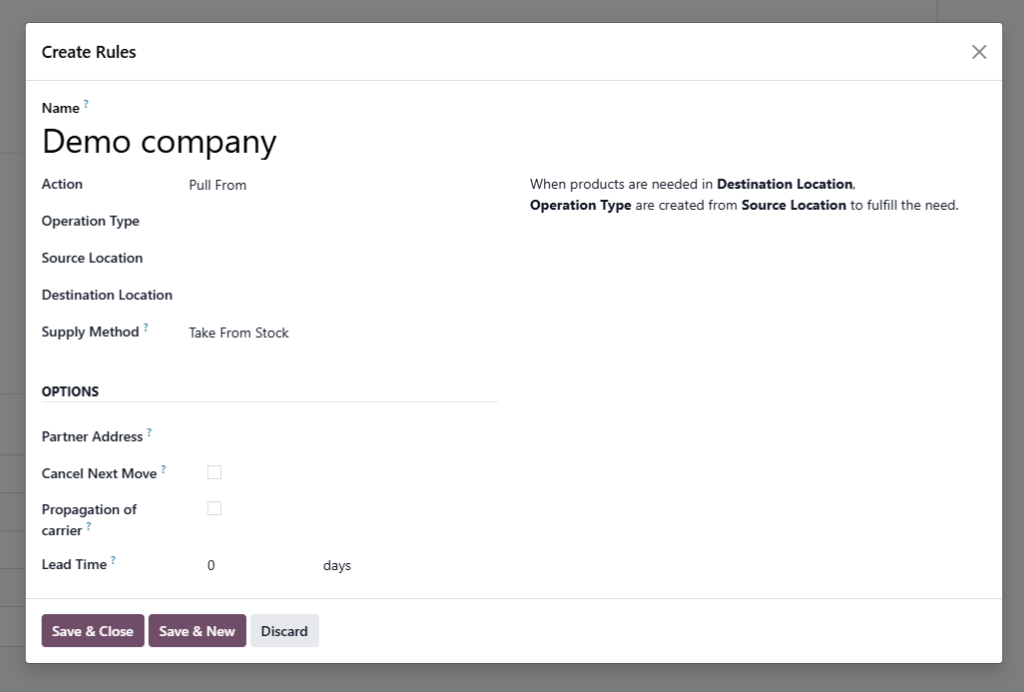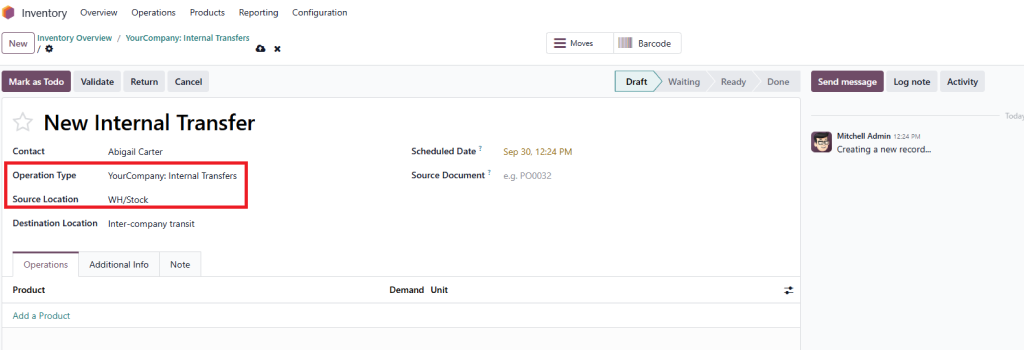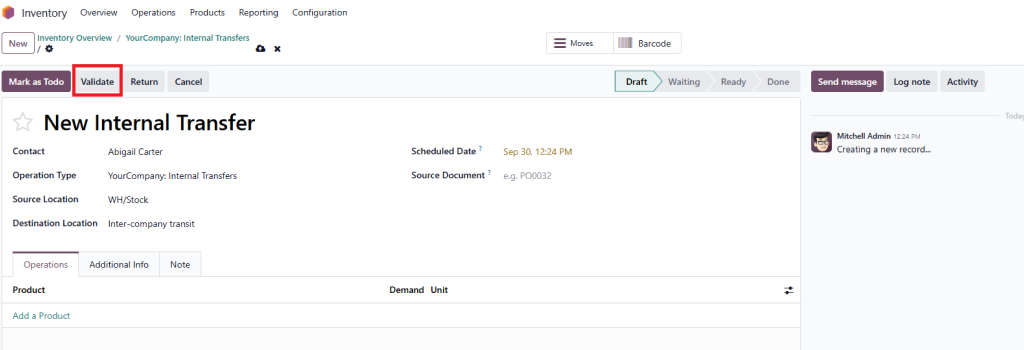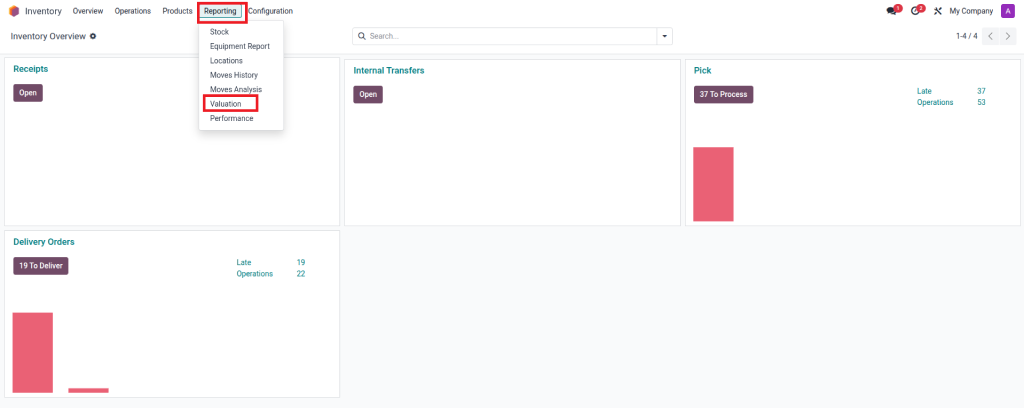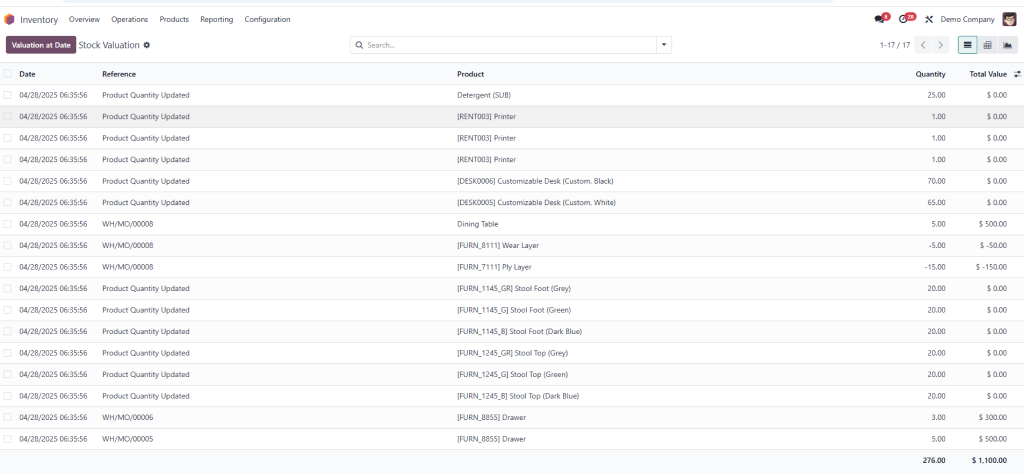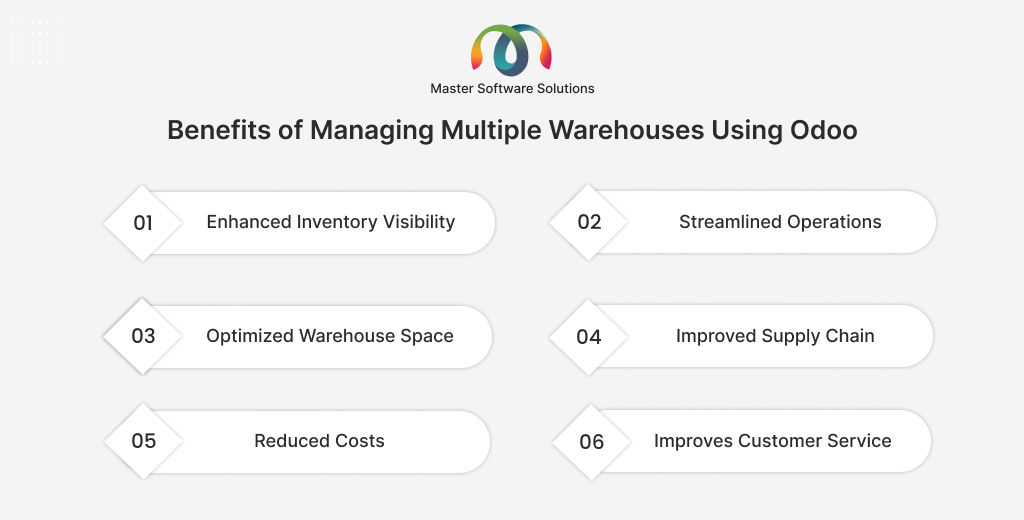If you are serving in multiple locations, it is obvious you have multiple warehouses to manage your inventory. This blog will explore how you can manage your multiple warehouses on Odoo.
Multiple warehouses refer to having more than one warehouse to manage your business. The warehouses can be located in the same or different cities. Odoo is an open-source enterprise resource planning system that can help you manage and track your entire business.
Table of Contents
What is multi-warehouse management?
Multi-warehouse management refers to a business strategy where businesses distribute their inventory across multiple locations (warehouses) to streamline and optimize operations, reduce shipping expenses, and improve delivery time.
Multiple warehouse management includes receiving inventory, storing, accounting, shipping, and redistributing goods across these locations. It is considered to be a crucial strategy for businesses, especially those in e-commerce and retail. Multiple warehouse management aims to improve customer service, reduce costs, and enhance operational efficiency.
Importance of multiple warehouse management
It is crucial for optimizing the supply chain, enhancing customer service, and reducing delivery costs. Implementing strategic multi-warehouse management can help you improve accuracy and accelerate order fulfillment, reduce shipping charges, and minimize risks associated with single-location inventory. Odoo provides a comprehensive and intuitive ERP solution for businesses to manage their multiple warehouses with ease.
How does Odoo help you manage multiple warehouses?
Odoo offers an inventory management module that includes single and multiple warehouse management functionalities. This section will explore how you can use Odoo to manage multiple warehouses. Steps to manage multiple warehouses in Odoo:
Configure multiple warehouses in Odoo
Log in to your Odoo account and open the inventory module from the Odoo dashboard.
1: Go to Inventory > Configuration > Settings
2: Check the Multi-warehouse and Multi-step Route options to enable them.
Creating multiple warehouses
1: Go to Inventory > Configuration > Warehouses
3: Add details such as – Warehouse Name, Short Name (for identification), and company and address information.
You can create as many warehouses as you want.
Configuring warehouse routes and operations
You can set custom routes for efficient inventory management.
1: Define Receiving and Shipping Routes
2: Configure Putaway Rules for effective stock placement.
3: Set inter-warehouse transfers (to ensure seamless flow of inventory from one warehouse to another)
Configuring Routes
1: Go to Inventory > Configuration > Routes
3: Select the places where this route can be selected – product categories, products, package type, shipping methods, warehouses, & sales order lines.
4: Click on “Add a Line” to define rules.
Managing inter-warehouse transfer
You can transfer inventory across the warehouses when you are short in one location.
1: Click Inventory > Transfers
3: Click Source Warehouse and Destination Warehouse
You can use Odoo to automate transfer by defining Reordering Rules to trigger automated stock transfers when the inventory levels are low.
Tracking Inventory across warehouses
Odoo offers advanced inventory tracking features that can help you track inventory in real-time.
You can:
- Enable lot and serial tracking (for greater visibility)
- Generate real-time stock reports (for inventory analyses across multiple operations)
- Integrate Barcode Scanning
Accessing warehouse-specific stock reports
1: Click on Inventory > Reports > Stock
2: Apply filters by Warehouse to view stock levels for each location.
Optimizing warehouse performance using Odoo Analytics
Odoo provides analytical tools to provide meaningful and actionable insights into warehouse performance.
It allows you to track:
- Order processing times
- Stock movements
- Warehouse utilization reports
Benefits of managing multiple warehouses using Odoo
Odoo implementation for multiple warehouse management can offer several advantages, enabling you to track inventory movement across and within the warehouse, empowering you to identify and resolve disruptions. The benefits of implementing Odoo for multiple warehouse management are:
Enhanced inventory visibility
Odoo provides a centralized and real-time view of your inventory across all your warehouses. This keeps you updated on inventory levels in various locations, allowing you to make prompt decisions, preventing stockouts and overstocking, and optimizing working capital.
Streamlined operations
Managing warehouses includes a web of manual tasks that are tedious and prone to errors. Odoo can automate inter-warehouse transfers to ensure seamless stock movement, reducing manual errors, minimizing delays, and freeing up your team to focus on and work on more strategic tasks. Odoo enables you to define putaway rules, automate transfer requests, and clear tracking of goods in transit.
Optimized warehouse space
Multiple warehouses might have different layouts and capacities. You can define specific storage locations and locations within each warehouse, enabling you to optimize warehouse usage. This simplifies locating items, improves picking efficiency, and potentially reduces the need for additional storage.
Improved supply chain
With a unified view of your inventory and streamlined inter-warehouse transfers, you can make your supply chain more agile and responsive. Odoo provides accurate demand forecasting across all locations, empowering you to strategically position inventory. Improving supply chain efficiency can help you lower the lead times.
Reduced costs
All the benefits mentioned here collectively contribute to reducing your operational costs. Preventing stockouts and overstocking, optimizing warehouse space utilization, reducing manual errors, and streamlining logistics can help you significantly minimize your expenses and add to your profits.
Improves customer service
Accurate inventory information and simplified order fulfillment ensure timely and accurate deliveries. This leads to increased customer satisfaction, stronger loyalty, and a positive impact on your brand’s reputation.
Conclusion
Leveraging Odoo to manage your multiple warehouses can help you transform operational intricacies into a strategic advantage, boosting efficiency, reducing overall costs, and enhancing customer experience.
Master Software Solutions offers end-to-end Odoo consulting services, including implementation, ERP migration, customization, integration, website development, and module development. Our Odoo services extend to providing ongoing Odoo support and maintenance services. Schedule a meeting to discuss your business and see how we can help.
